#european space agency
Text
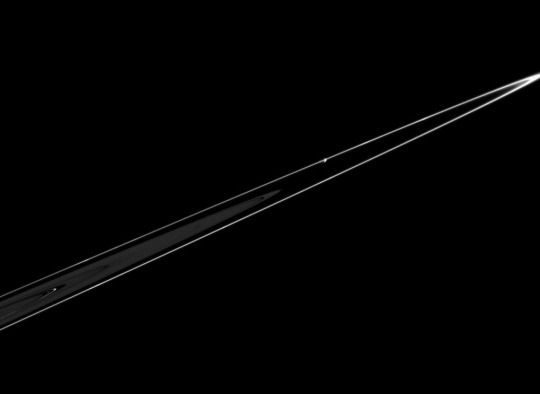
Cassini: Pandora orbiting just beyond the outer edge of Saturn's F ring (February 18, 2005)
#cassini huygens#esa#european space agency#nasa#nasa photos#astronomy#astrophotography#solar system#krakenmare#outer space#space#thank you nasa#saturn#pandora#saturn's rings#saturn's moons#2005
86 notes
·
View notes
Text

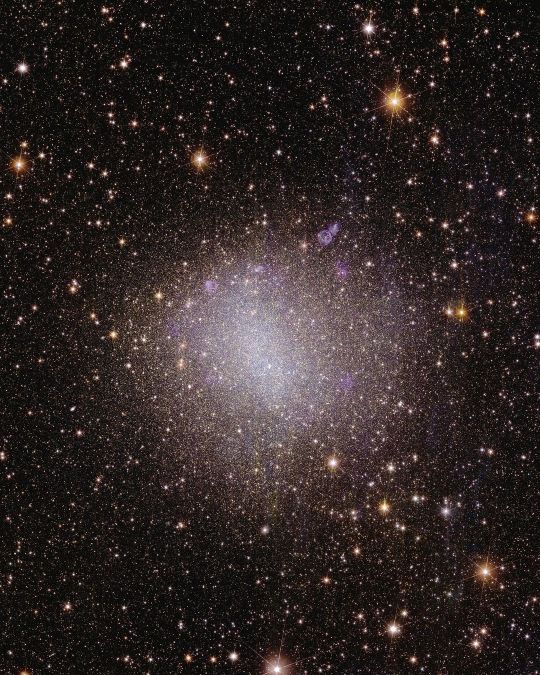
by europeanspaceagency
#euclid telescope#euclid#european space agency#nasa#galaxies#astronomy#astrophotography#universe#cosmos#aesthetic#nature#curators on tumblr#up
932 notes
·
View notes
Text

Mars, as seen by ESA's Mars Express satellite
#go for queue deploy#esa#european space agency#mars#solar system#planet#satellite#space#outer space#space exploration#spaceflight#science#space and astronomy#astronomy#space photography#technology#engineering#stem#exploration#mars express#mars exploration#esa mars express
1K notes
·
View notes
Text
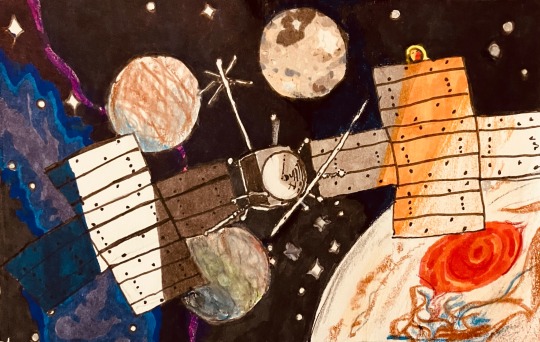
3%
#This mission means a lot to me#so I wanted to try to make something beautiful about it#My hand were shaky earlier so some of the lines aren’t straight and I couldn’t fix them but I think it looks ok#jupiter icy moons explorer#JUICE esa#Ganymede#Europa#Callisto#Io#Jupiter#Space#17776#17776 juice#this art is more about the ongoing mission than JUICE’s appearance in 17776 but I am a fan.. and 17776 fans might like this#Astronomy#ESA#European Space Agency#Jupiter Icy Moons#Planets#Cat’s art
341 notes
·
View notes
Text

Oh I forgot to post this. LISA is a proposed gravitational wave detector whos component spacecrafts will be located 2.5 million kilometers from each other, orbiting around the sun. Pretty cool. Here's a wikipedia article about it if you are interested.
#lizart#17776#laser interferometer space antenna#lisa#gijinka#nasa#european space agency#17776 oc#spacecraft#gijinka art#my ocs#17776 football
198 notes
·
View notes
Text

Barred spiral galaxy M83, as seen by James Webb’s MIRI instrument.
#nasa#james webb space telescope#esa#european space agency#galaxy#stars#cosmos#m83#space#science#benimpost
86 notes
·
View notes
Video
Gateway Full Configuration - Hero Image by NASA Johnson
Via Flickr:
The Gateway space station will be humanity's first space station around the Moon as a vital component of the Artemis missions to return humans to the lunar surface for scientific discovery and chart the path for the first human missions to Mars. Astronauts on Gateway will be the first humans to call deep space home during missions where they will use Gateway to conduct science and prepare for lunar surface missions. Photo Credit: NASA Secondary Creator Credit: Alberto Bertolin, Bradley Reynolds
#European Space Agency#Johnson Space Center#Kennedy Space Center#Moon#NASA#space#USA#station#Science#Canadian Space Agency (CSA)#Japan Aerospace Exploration Agency (JAXA)#flickr
45 notes
·
View notes
Text
Frontiers Lecture: A JUICE-y Journey to Jupiter
Join Professor Emma Bunce, director of the Institute for Space at the University of Leicester and co-investigator on the JUICE mission, for a special journey to Jupiter on Tuesday, October 10! The ESA’s Jupiter Icy Moons Explorer (JUICE) launched in April 2023 and is expected to arrive at Jupiter in 2031. It will explore three of the planet’s moons, Ganymede, Callisto, and Europa—and study the potential for habitability and search for evidence of a global ocean underneath the icy crust.
Don't miss this opportunity to learn about the exciting discoveries that await us in the outer reaches of our Solar System! Check out the link below for more details and to register for tickets.
#science#amnh#museum#natural history#space#spacecraft#jupiter#events#nyc events#things to do in new york city#esa#european space agency#ganymede#europa#callisto#solar system#cosmos
67 notes
·
View notes
Video
Hubble Uncovers a Celestial Fossil by NASA's Marshall Space Flight Center
Via Flickr:
This densely populated group of stars is the globular cluster NGC 1841, which is part of the Large Magellanic Cloud (LMC), a satellite galaxy of our Milky Way galaxy that lies about 162,000 light-years away. Satellite galaxies are bound by gravity in orbits around a more massive host galaxy. We typically think of the Andromeda Galaxy as our galaxy’s nearest galactic companion, but it is more accurate to say that Andromeda is the nearest galaxy that is not in orbit around the Milky Way galaxy. In fact, dozens of satellite galaxies orbit our galaxy and they are far closer than Andromeda. The largest and brightest of these is the LMC, which is easily visible to the unaided eye from the southern hemisphere under dark sky conditions away from light pollution. The LMC is home to many globular clusters. These celestial bodies fall somewhere between open clusters – which are much less dense and tightly bound – and small, compact galaxies. Increasingly sophisticated observations reveal the stellar populations and characteristics of globular clusters are varied and complex, and we have yet to fully understand how these tightly packed groups of stars form. However, there are certain consistencies across all globular clusters: they are very stable and hold their shape for a long time, which means they are generally very old and contain large numbers of very old stars. Globular clusters are akin to celestial ‘fossils.’ Just as fossils provide insight into the early development of life on Earth, globular clusters such as NGC 1841 can provide insights into very early star formation in galaxies. Credit: ESA/Hubble & NASA, A. Sarajedini #NASA #NASAGoddard #NASAMarshall #NASAGoddard #HubbleSpaceTelescope #HST #ESA #globularcluster Read more Read more about NASA’s Hubble Space Telescope NASA Media Usage Guidelines
#NASA#Goddard Space Flight Center#GSFC#Solar System & Beyond#ESA#European Space Agency#universe#space#astronomy#Marshall Space Flight Center#MSFC#Hubble Space Telescope#HST#Hubble#globular cluster#NGC 1841#star cluster#globular star cluster#stars#Watch
20 notes
·
View notes
Video
No zoom by European Space Agency
Via Flickr:
This image shows a globular cluster known as NGC 1651. Like the object in another recent Picture of the Week, it is located about 162 000 light-years away in the largest and brightest of the Milky Way’s satellite galaxies, the Large Magellanic Cloud (LMC). A notable feature of this image is that the globular cluster almost fills the entire image, even though globular clusters are only about 10 to 300 light-years in diameter (NGC 1651 has a diameter of roughly 120 light-years). In contrast, there are numerous Hubble Pictures of the Week that feature entire galaxies — which can be tens or hundreds of millions of light-years in diameter — that also more or less fill the whole image. A common misconception is that Hubble and other large telescopes manage to observe wildly differently sized celestial objects by zooming in on them, as one would with a specialised camera here on Earth. However, whilst small telescopes might have the option to zoom in and out to a certain extent, large telescopes do not. Each telescope’s instrument has a fixed ‘field of view’ (the size of the region of sky that it can observe in a single observation). For example, the ultraviolet/visible light channel of Hubble’s Wide Field Camera 3 (WFC3), the channel and instrument that were used to collect the data used in this image, has a field of view roughly one twelfth the diameter of the Moon as seen from Earth. Whenever WFC3 makes an observation, that is the size of the region of sky that it can observe. The reason that Hubble can observe objects of such wildly different sizes is two-fold. Firstly, the distance to an object will determine how big it appears to be from Earth, so entire galaxies that are relatively far away might take up the same amount of space in the sky as a globular cluster like NGC 1651 that is relatively close by. In fact, there's a distant spiral galaxy lurking in this image, directly left of the cluster — though undoubtedly much larger than this star cluster, it appears small enough here to blend in with foreground stars! Secondly, multiple images spanning different parts of the sky can be mosaiced together to create single images of objects that are too big for Hubble’s field of view. This is a very complex task and is not typically done for Pictures of the Week, but it has been done for some of Hubble’s most iconic images. [Image Description: A spherical collection of stars, which fills the whole view. The stars merge into a bright, bluish core in the centre, and form a sparse band around that out to the edges of the image. A few stars lie in front of the cluster, with visible diffraction spikes. The background is dark black.] Credits: ESA/Hubble & NASA, L. Girardi, F. Niederhofer; CC BY 4.0
#NGC 1651#ESA#European Space Agency#Space#Universe#Cosmos#Space Science#Science#Space Technology#Tech#Technology#HST#Hubble Space Telescope#Galaxy#Supernova#NASA#Creative Commons#Stars#Star#Globular Cluster#flickr
20 notes
·
View notes
Text

Four multi-dimensional Milky Way sky map made with the new ESA Gaia data (June 13, 2022)
513 notes
·
View notes
Text
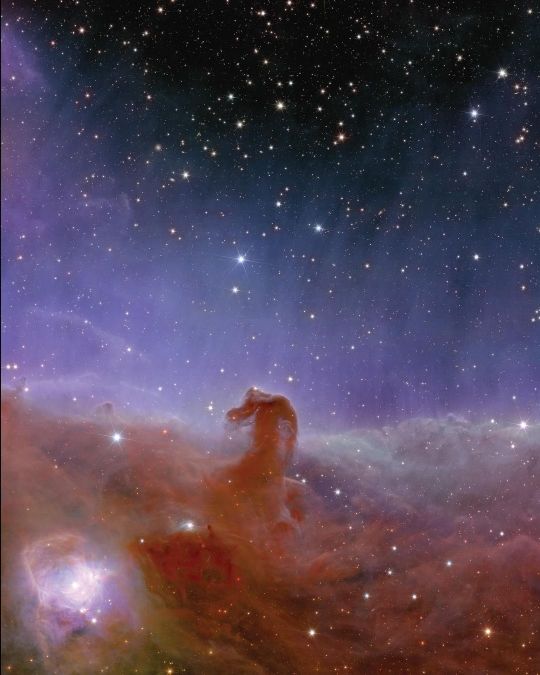
by europeanspaceagency
#euclid telescope#euclid#esa#european space agency#nasa#space#universe#cosmos#nebula#science#nature#aesthetic#curators on tumblr#up
763 notes
·
View notes
Text
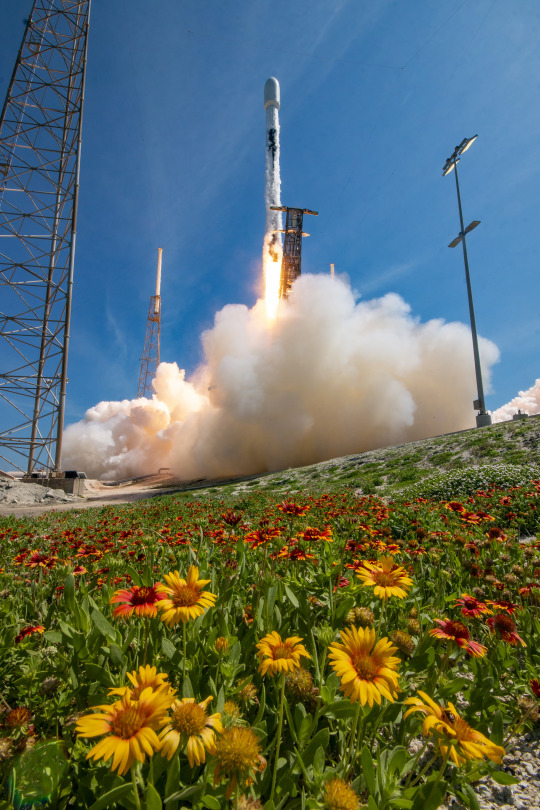
Euclid Telescope launches on Falcon 9
#spacex#falcon 9#rocket#launch#aerospace#engineering#euclid#telescope#flowers#B1080#ESA#european space agency
100 notes
·
View notes
Photo
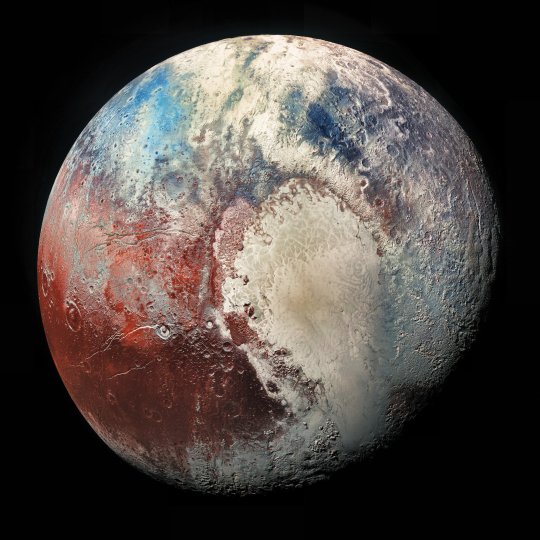
Pluto.
#Pluto#dwarf planet#space#astronomy#European Space Agency#New Horizons#New Horizons spacecraft#astrophotography#religion is a mental illness
341 notes
·
View notes
Text
youtube
It's honestly kind of cute how ESA felt they needed to make a hype video for their commercial partners. They're trying so hard over there.
28 notes
·
View notes
Photo

An Aerial View Of The Namib Desert Courtesy Of The European Space Agency
130 notes
·
View notes

